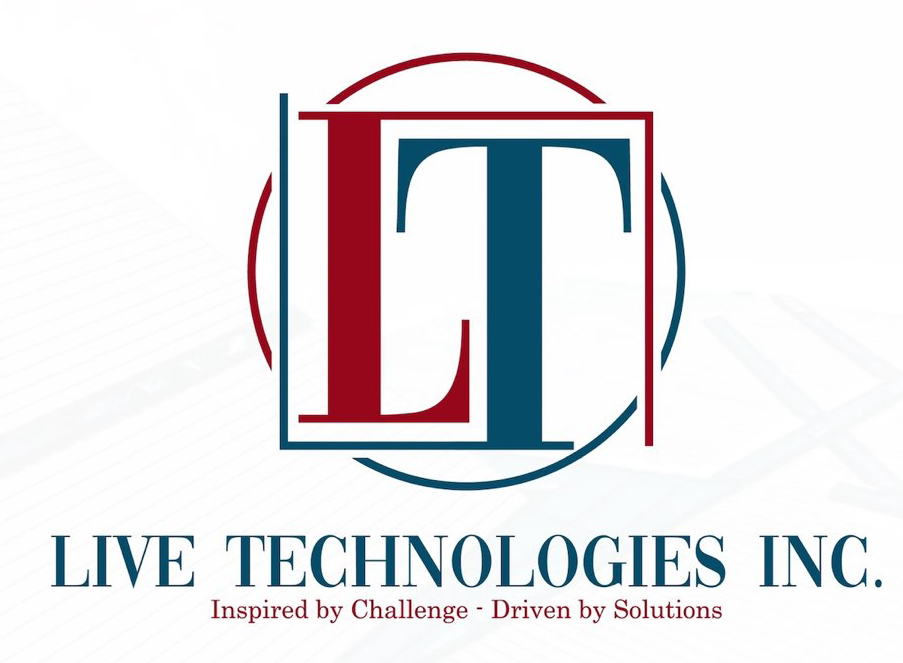In the ever-evolving landscape of Information Technology (IT) services, one trend has been making waves and transforming the way businesses operate – Cloud Computing. This revolutionary technology has become a cornerstone for IT services, offering scalability, flexibility, and efficiency like never before. In this blog post, we’ll explore the impact of cloud computing on IT services and how businesses can leverage its potential.
- The Rise of Cloud Computing: A Paradigm Shift in IT Services
- Discuss the evolution of cloud computing and its role in reshaping traditional IT infrastructure.
- Highlight the key benefits, including cost-effectiveness, accessibility, and the ability to scale resources based on demand.
- Navigating the Cloud: Understanding Different Service Models
- Break down the three main service models – Infrastructure as a Service (IaaS), Platform as a Service (PaaS), and Software as a Service (SaaS).
- Explain how each model caters to specific business needs and contributes to a more streamlined IT ecosystem.
- Securing the Cloud: Addressing Concerns and Implementing Best Practices
- Address common security concerns associated with cloud computing.
- Provide insights into implementing robust security measures, such as encryption, access controls, and regular audits.
- Hybrid Cloud Solutions: Finding the Right Balance
- Explore the advantages of adopting a hybrid cloud approach, combining on-premises infrastructure with cloud services.
- Discuss how businesses can achieve a flexible and scalable IT environment while maintaining control over sensitive data.
- Optimizing IT Operations with DevOps and Cloud Integration
- Showcase the synergy between DevOps practices and cloud computing.
- Discuss how businesses can streamline development and operations, fostering collaboration and accelerating time-to-market.
- The Role of Artificial Intelligence and Machine Learning in IT Services
- Explore how AI and ML technologies, when integrated with cloud computing, can enhance IT services through automation, predictive analytics, and improved decision-making.
- Containerization and Microservices: Revolutionizing Application Deployment
- Explain the concepts of containerization and microservices architecture.
- Discuss how these technologies contribute to agility, scalability, and easier management of applications within the IT ecosystem.
- Future Trends in IT Services: Edge Computing and 5G
- Provide insights into emerging technologies shaping the future of IT services.
- Discuss the impact of edge computing and 5G on IT infrastructure, enabling faster data processing and improved connectivity.
- Case Studies: Real-World Applications of Cloud-Based IT Services
- Share success stories and case studies of businesses that have effectively leveraged cloud computing for their IT needs.
- Highlight the positive outcomes, lessons learned, and the potential for other businesses to follow suit.
- Conclusion: Embracing the Future of IT Services
- Summarize the key takeaways from the blog post.
- Encourage businesses to embrace the transformative power of cloud computing and stay ahead in the dynamic world of IT services.

